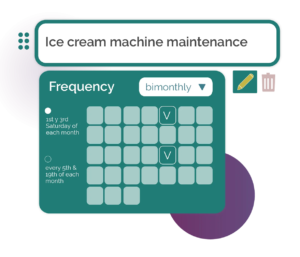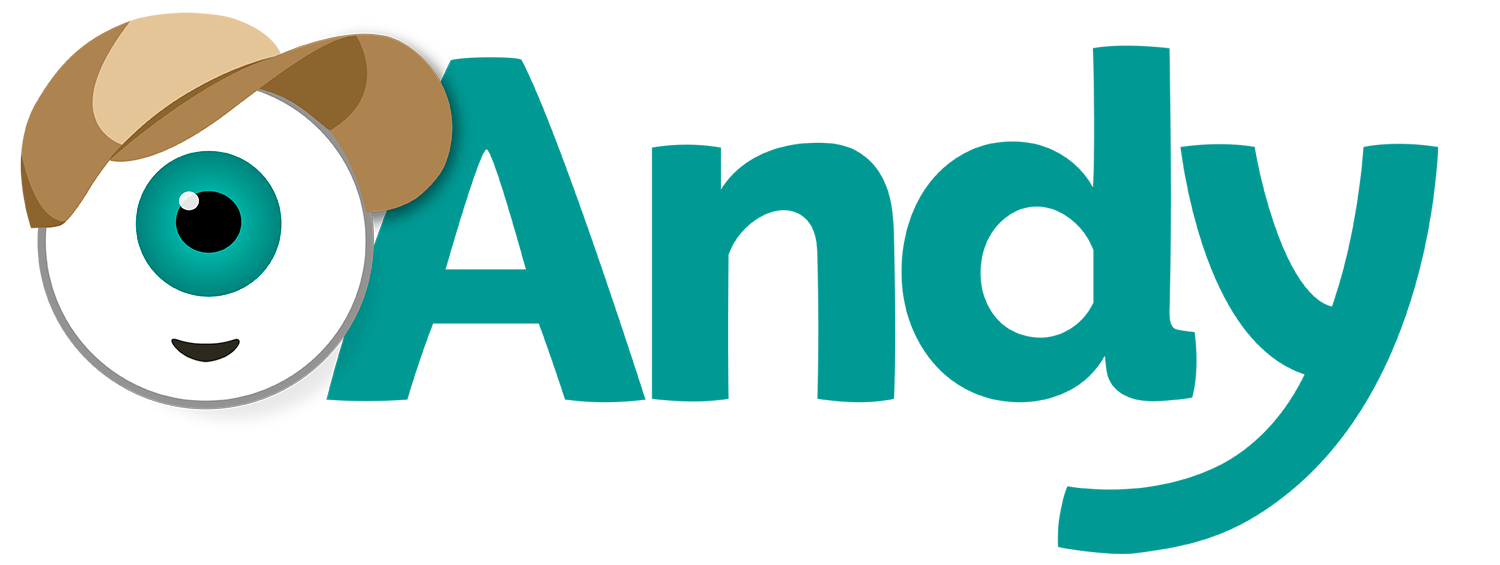Third-Party Assurance Programs in the Food Service Industry: Food safety Gatekeepers?

In an era marked by heightened awareness of food safety, third-party assurance programs have become essential gatekeepers in the food service industry.
These programs extend beyond conventional regulatory frameworks to provide an additional layer of oversight, ensuring that establishments meet rigorous standards for food safety, hygiene, and operational excellence.
The importance of these programs has only grown in the wake of the COVID-19 pandemic.
As the lines between local and global standards blur, especially in a world where food tourism and international cuisine are increasingly popular, third-party assurance programs help harmonise safety expectations.
They offer a common language of safety and quality that consumers can recognise, whether they are eating out in London, New York, Sydney, or Toronto.
In this article we explore the mechanisms behind these assurance programs, their implementation in various countries, and their critical role in fostering consumer trust and enhancing industry standards.
The Role of Third-Party Assurance Programs in the Food Service Industry
Third-party assurance programs provide voluntary certification for food service establishments, ensuring they meet standards that often exceed the basic legal requirements.
These programs, like the UK’s Safe to Trade, are designed to bolster public confidence, demonstrate due diligence by food businesses, and support regulators in managing food safety risks.
They involve regular audits and assessments by independent bodies to verify that businesses are adhering to best practices in food handling, allergen management, and hygiene.
In the UK, Safe to Trade stands out as the first of its kind, focusing specifically on the hospitality sector.
It complements the Food Hygiene Rating Scheme (FHRS) by offering more in-depth assessments and maintaining a public register of certified venues. This allows consumers to make informed choices about where they eat, based on a trusted symbol of safety and quality.
How Do Third Party Assurance Programs Operate in Different Countries?
Similar programs exist around the world, each serving as a key player in their respective food safety ecosystems:
-
- United States: Safe Quality Food (SQF) Program
The SQF Program is widely recognised in the U.S. food industry, focusing on rigorous audits that certify businesses for food safety and quality management.
It is particularly relevant for restaurants aiming to demonstrate their commitment to safety.
The program’s strict standards and regular audits help ensure that certified establishments maintain high safety levels, making it a key reference for consumers seeking assurance.
- United States: Safe Quality Food (SQF) Program
-
- Australia: HACCP Certification
HACCP (Hazard Analysis and Critical Control Points) certification is popular in Australia for food businesses, including those in hospitality.
It requires establishments to identify and control potential hazards throughout the food production process, ensuring a proactive approach to safety. HACCP certification gives restaurants a way to show they exceed local council requirements, positioning them as safer dining options for consumers.
- Australia: HACCP Certification
-
- Canada: CanadaGAP
CanadaGAP certification, initially aimed at agricultural producers, has extended its scope to food handling and processing, making it relevant for food service establishments as well.
This certification ensures businesses follow stringent safety protocols, offering consumers a higher level of trust in certified venues.
It functions as a voluntary gatekeeper, providing an extra layer of scrutiny beyond government regulations.
- Canada: CanadaGAP
-
- European Union: ISO 22000 Certification
The ISO 22000 standard is widely adopted in the EU, providing a structured approach to food safety management.
For restaurant chains and high-profile dining venues, achieving ISO 22000 certification means adhering to global best practices.
It’s a way for businesses to communicate their commitment to food safety and to stand out in a competitive market.
- European Union: ISO 22000 Certification
-
- Spain: Hostelería Segura & AENOR
Hosteleria Segura is a voluntary certification program developed by the Spanish Federation of Hospitality (FEHR) in response to growing concerns about food safety, providing assurance that certified restaurants and bars meet high standards for hygiene and food safety.AENOR (Asociación Española de Normalización y Certificación) is a prominent certification body in Spain that offers food safety certifications like ISO 22000 and the IFS (International Featured Standards) certification, both of which are widely recognised in the food service sector.
These certifications ensure that businesses adhere to robust food safety management practices, including hazard analysis and critical control points (HACCP).
- Spain: Hostelería Segura & AENOR
-
- Germany: TÜV SÜD
TÜV SÜD is a major certification body offering food safety audits and certification, including compliance with ISO 22000 and BRCGS.
They work with restaurants and food manufacturers to ensure adherence to the highest standards of hygiene and food safety.
- Germany: TÜV SÜD
-
- Brazil: ABNT
Brazil’s ABNT (Associação Brasileira de Normas Técnicas) provides certification similar to ISO standards, ensuring that food businesses meet rigorous safety and hygiene requirements.
Additionally, the state-run ANVISA (National Health Surveillance Agency) partners with private entities for further assurance of food safety standards.
- Brazil: ABNT
By comparing these programs across different countries, it becomes clear that third-party assurance schemes play a pivotal role as food safety gatekeepers.
They set high standards, promote transparency, and enable businesses to demonstrate their commitment to public health.
These programs are not just about meeting regulations – they are about creating a safer, more trustworthy environment inthe food service industry in which consumers can dine with confidence.
Why Are These Programs So Important for the Food Service Industry?
-
- Setting the Bar Higher: Third-party programs like Safe to Trade serve as gatekeepers by raising the bar for food safety standards.
They create a competitive environment where businesses strive not just to meet, but to exceed the minimum legal requirements.
This drives overall improvement in industry practices, ultimately benefiting public health.
- Setting the Bar Higher: Third-party programs like Safe to Trade serve as gatekeepers by raising the bar for food safety standards.
-
- Providing Consumer Assurance: As voluntary certifications, these programs offer consumers a trusted signal that a business takes food safety seriously. In a crowded marketplace, certification from a program like Safe to Trade can distinguish one restaurant from another, making it easier for consumers to choose establishments that prioritise their well-being. It’s particularly valuable in situations where people have specific concerns, such as allergen safety.
-
- Supporting Regulatory Bodies: Third-party assurance programs help reduce the burden on local regulators by maintaining high standards through independent audits.
For example, Safe to Trade offers a layer of oversight that allows regulators to focus on higher-risk cases, while the certified establishments demonstrate consistent adherence to safety protocols.
This collaborative approach can enhance the overall efficiency of food safety oversight.
- Supporting Regulatory Bodies: Third-party assurance programs help reduce the burden on local regulators by maintaining high standards through independent audits.
-
- Encouraging Transparency and Accountability: These programs emphasise transparency by maintaining public registers of certified businesses and often incorporating consumer feedback mechanisms.
This openness allows customers to play an active role in food safety, sharing their experiences and holding businesses accountable. It reinforces a culture of accountability within the industry, where establishments are encouraged to continually improve.
- Encouraging Transparency and Accountability: These programs emphasise transparency by maintaining public registers of certified businesses and often incorporating consumer feedback mechanisms.
Food Safety Technology: Supporting Gatekeepers

Food safety technology has become a crucial ally to third-party assurance programs, making it easier for both food service operators and health inspectors to maintain high standards.
Digital assistants like our Andy, designed specifically for the food service industry, streamline the process of monitoring and maintaining food safety protocols in high-volume kitchen environments.
Andy assists kitchen teams in a variety of ways, such as:
-
-
- Automating Temperature Monitoring: With Andy you can automatically log temperature data, reducing the risk of human error and ensuring that food is stored at safe temperatures.
-
-
- Checklists and Compliance Tracking: Andy can manage daily checklists for tasks like sanitation, allergen management, and cleaning schedules.
This helps ensure that teams remain compliant with food safety regulations and that records are easily accessible during inspections.
- Checklists and Compliance Tracking: Andy can manage daily checklists for tasks like sanitation, allergen management, and cleaning schedules.
-
- Real-Time Alerts and Reporting: If a potential safety issue arises, like a fridge temperature falling outside the safe range, Andy alerts managers, enabling swift corrective action. This ensures that issues are resolved before they pose a risk to customers.
For health inspectors and third-party auditors, these technologies simplify the verification process:
-
- Digital Records for Audits: Digital tools maintain an accurate log of safety protocols, making audits faster and more efficient. Inspectors can access digital records of compliance, review temperature logs, and verify that hygiene practices are consistently maintained.
-
- Data-Driven Insights: Advanced analytics provided by digital platforms can offer insights into recurring safety issues, allowing both operators and inspectors to focus on areas that need improvement and enhance overall safety strategies.
By integrating technology with third-party assurance programs, food safety management becomes more transparent, reliable, and efficient.
This synergy helps protect public health while allowing food service businesses to focus on delivering quality experiences for their customers.
👉🏽FIND OUT MORE BY TRYING ANDY 100% FREE HERE👈🏽


